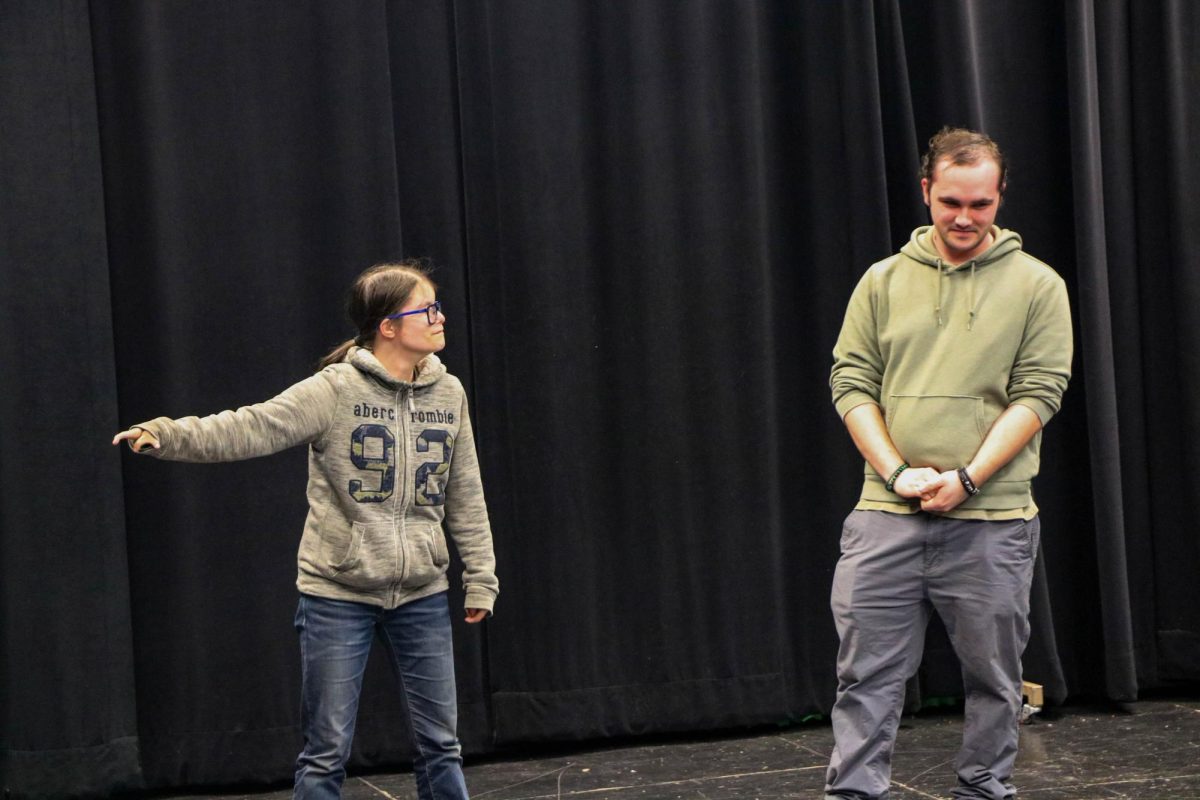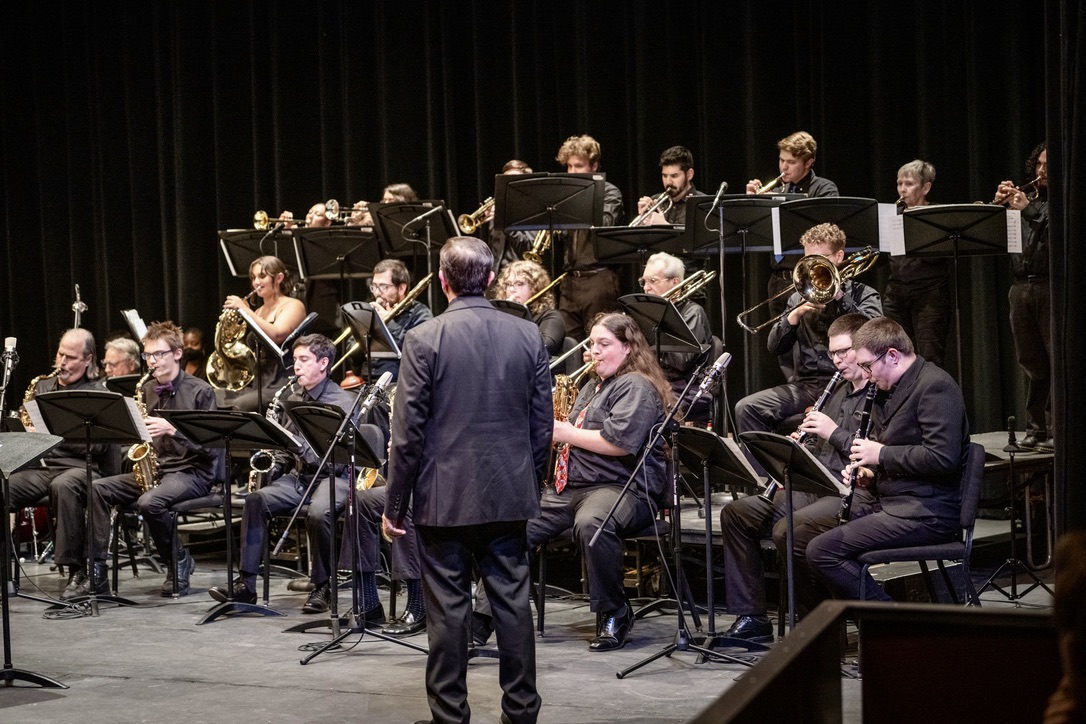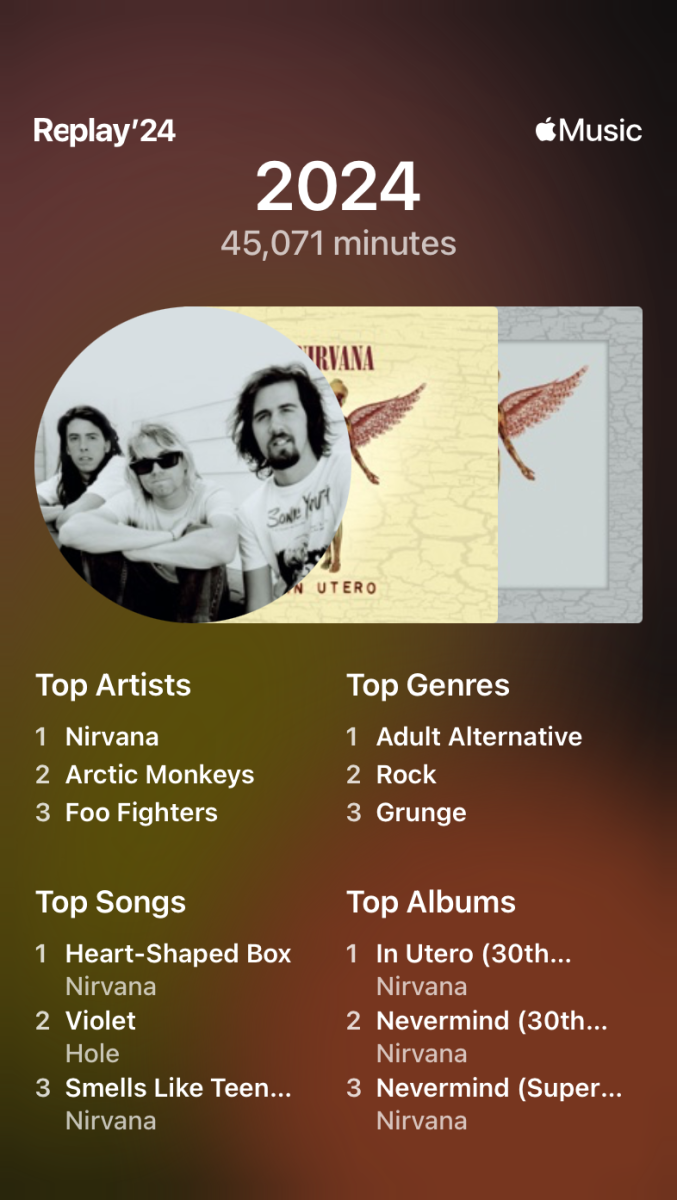“Sound is the key to creation,” said music conductor Henrik Hansen during his lecture “The Harmony of the Spheres” on Sept. 18.
The Harmony of the Spheres, or musica universalis, is a concept that was discovered by Greek philosopher Pythagoras.
The idea is the celestial bodies, the sun, the moon, and the stars create a form of music as they move through space.
“You can see that theme throughout ancient times,” said Hansen, as he showed a slide that demonstrated how other cultures believe in a concept that is similar to that of the Harmony of the Spheres.
“Planets move, ever so slightly, in a way we could measure them,” said Hansen.
Even though space is a vacuum, sounds could still be heard throughout space.
“In the past 25 years we can calculate what the celestial bodies would sound like,” said Hansen.
According to Hansen, Mars sounds like a machine gun and Earth sounds like a whine.
“It’s not the type of music you want to lie down and meditate to,” said Hansen.
“Think of God wandering around up there,” Hansen said as he presented two pieces of music, “Symphony No. 4” by Ludwig Van Beethoven and “Symphony No. 8” by Gustav Mahler.
He used these two symphonies to show how they could be interpreted as an artistic depiction of the birth of the universe.
Hansen also played some audio that represents what the birth of the universe may have sounded like at different points of time of creation.
“I heard snippets of the many aspects that he was talking about, the harmonics, and sound therapy. I monitor brain waves, that’s my job, to hear him talk about that was interesting, too,” said Jill Anderson, a former ARC student.
Hansen said the human body orchestrates music of its very own. You can listen to the cells of the kidneys, the liver and the heart, said Hansen. Even bone and tissue makes resonant frequencies.
Hansen will be conducting for the musical, “The Nutcracker” for Sacramento Ballet that will be opening on Dec. 6.



















